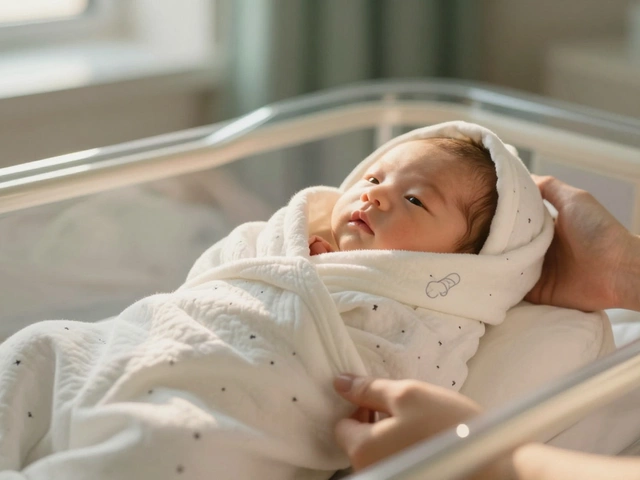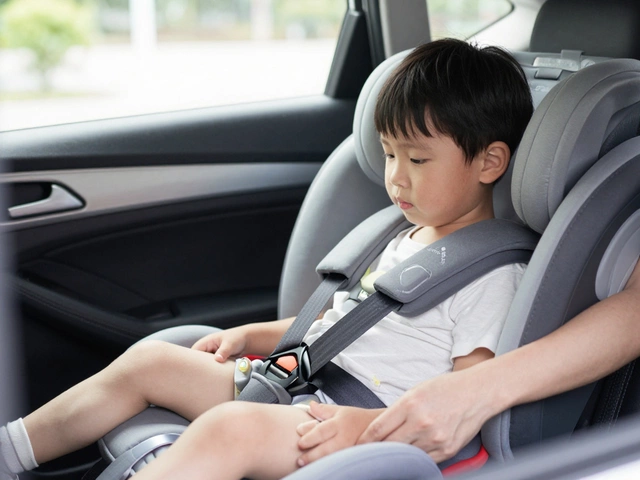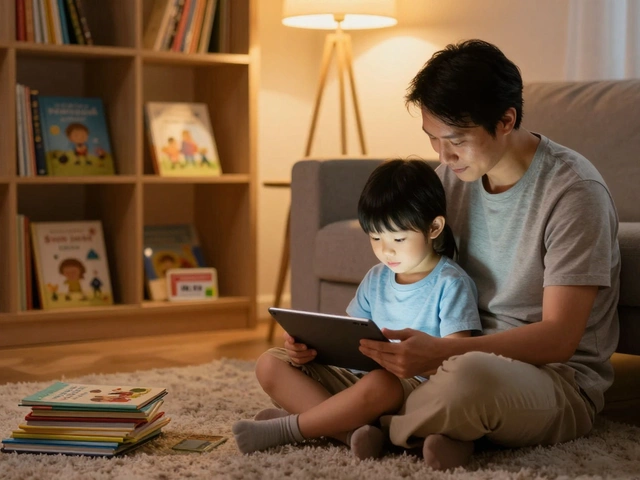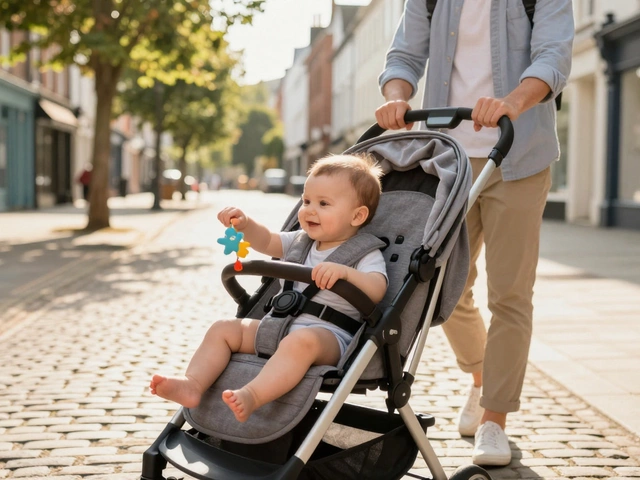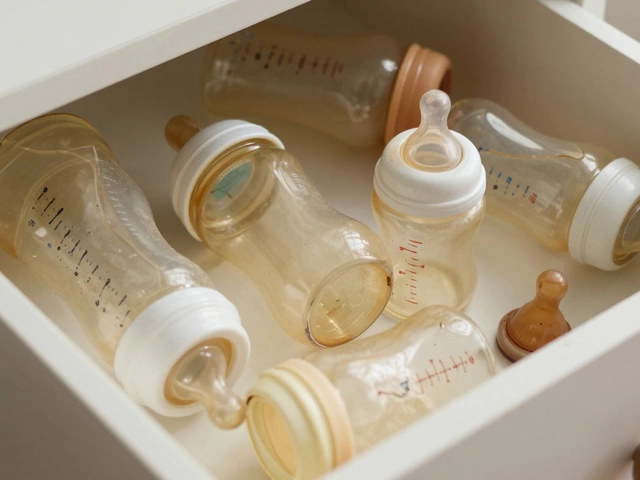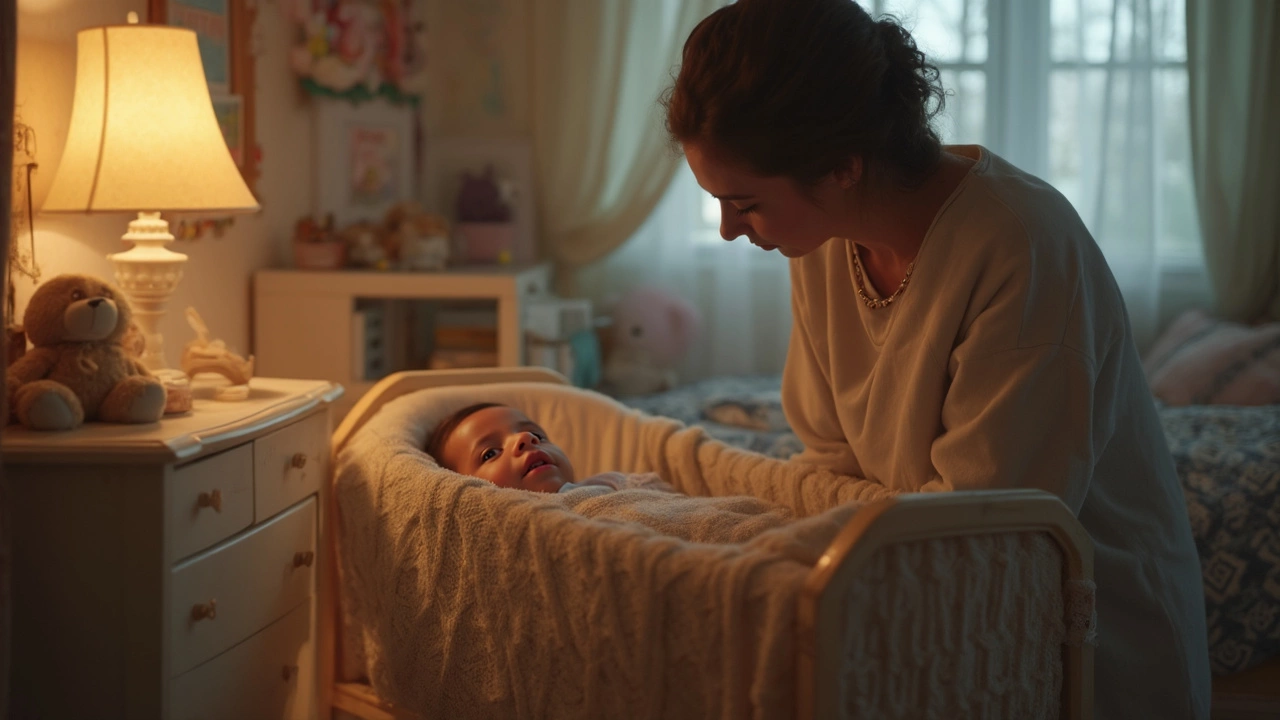
There’s something quietly nerve-wracking about laying your newborn down to sleep, isn’t there? You spend all day rocking, feeding, snuggling, and then—after the endless winding down—comes the big moment: bassinet or cot, swaddled or not, blanket or bare. Most new parents, myself included, have looked at their peacefully snoozing bundle and thought: Am I doing this right? Let’s face it, the UK is wild about safe sleep advice, and it feels like guidance shifts every year. The swaddle vs. no-swaddle debate is one that’s split my mum group wider than Brexit… So, can you really just pop a baby in the bassinet with no swaddle? Or is wrapping a must? Here’s the lowdown, using the latest facts, stats, and honest parent-to-parent insight.
Why Do Parents Swaddle Newborns?
Let’s start where all confusion begins: swaddling. In case you’re new to the concept—swaddling wraps your baby snugly in a thin blanket, keeping their arms tucked to their sides or across their chest. The idea? Help babies feel as cozy and secure as they did inside the womb, and possibly calm their startle reflex. It’s been practiced everywhere from Tudor England to rural China (I read once that even Cleopatra swaddled her baby!). Some say it can help babies sleep better and longer, but guess what? Swaddling isn’t a one-size-fits-all solution.
Babies are born with the Moro reflex—a sudden "jump" or arm-flail when startled—which can wake them up in the early weeks. A tight, arms-in swaddle can help minimize these frequent, involuntary wake-ups. That said, by the time a baby is a few months old, the reflex fades and swaddling gets less important. By 2-4 months, babies get strong enough to roll onto their sides, and most health bodies—including the NHS and Lullaby Trust—say swaddling should stop at that point to prevent suffocation hazards.
Swaddling can be a godsend if your baby fusses and startles themselves awake, but it’s not magic. Some babies fight to get their arms free, while others seem to sleep best with no wrapping at all. It’s also temperature-sensitive: swaddling can cause overheating if you use heavy or layered materials. That’s a serious concern in warmer weather or modern flats with robust radiators.
Is It Safe to Skip the Swaddle?
This is where things get gritty. The short version is: yes, you can put your baby in the bassinet without a swaddle, as long as you create a safe sleeping environment—they don’t need to be wrapped if they sleep well and calmly without it.
UK safe sleep guidelines are clear about newborns: lay your baby on their back, on a flat, firm surface with no loose bedding, toys, or pillows. A fitted sheet is all you need—no duvets, bumpers, or furry friends allowed. The moment babies start showing signs of rolling, it’s especially important to ditch the swaddle. The risk? If baby gets trapped rolling over and can’t use their arms to push up, there’s a real risk of suffocation.
It’s easy to worry that a baby without a swaddle will freeze, startle awake, or just sleep terribly. But according to the Lullaby Trust and NHS, plenty of babies sleep perfectly well in just a footed sleepsuit or cotton onesie. In fact, overheating is the bigger risk. Dress baby according to the room temperature—18°C (65°F) is recommended for baby rooms in the UK. You can use a sleeping bag (those adorable zip-up Grobags or similar) as long as you choose the right tog rating for the season and make sure it fits snugly around the armpits so your baby can’t slip inside.
When shouldn’t you skip the swaddle? If your paediatrician recommends it for medical reasons or your baby is premature and still wakes frequently from startle reflexes, swaddling (done safely) might help. Chat to your health visitor or GP for advice in those situations.
| Concern | % Mentioning in Survey |
|---|---|
| Rolling over in sleep | 42% |
| Temperature worries | 39% |
| Waking due to startle reflex | 34% |
| Suffocation risks (bedding/cushions) | 77% |
| Baby not settling without swaddle | 23% |
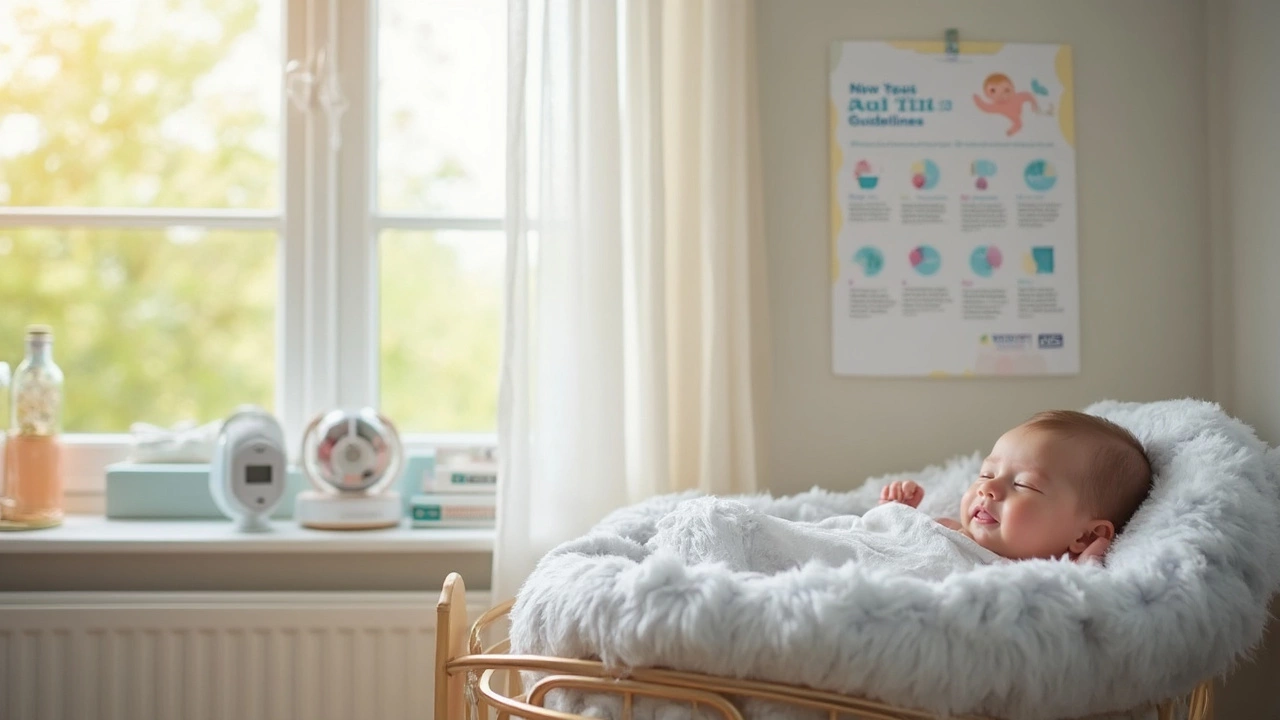
How to Create Safe Sleep Without Swaddling
It’s easy to overthink bedtime. But giving up the swaddle doesn’t mean you’re just tossing your baby to the cot wolves. Here’s what sleep experts swear by (and what’s actually worked with real babies):
- Put baby to sleep on their back. Doesn’t matter if you swaddle or not. Back sleeping is the safest position, reducing SIDS risk by about half.
- Stick to a clear, firm bassinet or cot mattress. Use a fitted sheet only, and avoid soft bedding, pillows, or bumpers.
- Regulate the room temperature. Keep it around 18°C and check your baby's chest (not extremities) to see if they're warm, not sweaty.
- Use a baby sleep bag if extra warmth is needed. Make sure it fits properly, so your baby can’t slip down inside.
- Wearable layers can help. A footed sleepsuit, bodysuit, and a thin layer are generally enough—skip the hats and mittens for sleep time, as babies cool down through their heads and hands.
- Keep baby in the same room with you while sleeping for at least the first six months.
Believe it or not, babies do learn to settle without a swaddle, even if it feels like the end of the world the first few times. Gentle sleep routines, rocking, and white noise can help smooth the transition. If your baby flails more, make the bassinet feel snug by tucking a tightly rolled towel under the fitted sheet on either side of their body (but well below armpit level)—never near their face or head.
For any baby, but especially if you’re worried, pick a bassinet that meets current safety standards (British Safety Standard BS EN 1130:2019 for bassinets, for instance). Check that the mattress fits tightly with no gaps bigger than two fingers’ width. The bassinet should be free from thick padding, and no parts should detach easily.
When & How to Transition Away From Swaddling
If you’ve been swaddling and are nervous about leaving it behind, you’re not alone. Loads of babies love the cocoon-like feel—for about 2-3 months. Once babies get more mobile or start rolling (even just from back to side), it’s time to stop. Keeping arms out is safer since babies can use them to reposition if they roll or get into awkward spots.
Most parents make the switch gradually. Here are some real tips that worked for my mum group:
- Go one arm out first. After a few nights, both arms. The rest of the body still feels swaddled, but baby can use their free arm for comfort if they need.
- Swaddle for naps only to start the transition.
- Move to a transitional sleep bag (like those with wings or gently weighted shoulders for a sense of comfort).
- Make the bedroom as dark as possible at bedtime. Darkness tells newborn brains it’s time to sleep, helping the process.
- Try white noise, shushing, or gentle rocking as part of your pre-bed routine.
Most babies fuss more for a few days—which is entirely normal. Go easy on yourself and your expectations. Babies adapt faster than you think, and some are less attached to the swaddle than we expect. A 2023 UK study from Baby Sleep Science found most infants adjusted to arms-out sleep within one week, with nighttime waking returning to baseline (the pre-sleep regression chaos!) within 3-5 nights.
Just don’t be tempted to keep swaddling after rolling starts. It’s not worth the risk, and there are safer ways to help your little one feel comfortable. If your baby has medical needs, chat with your GP—sometimes, adjustments are needed.
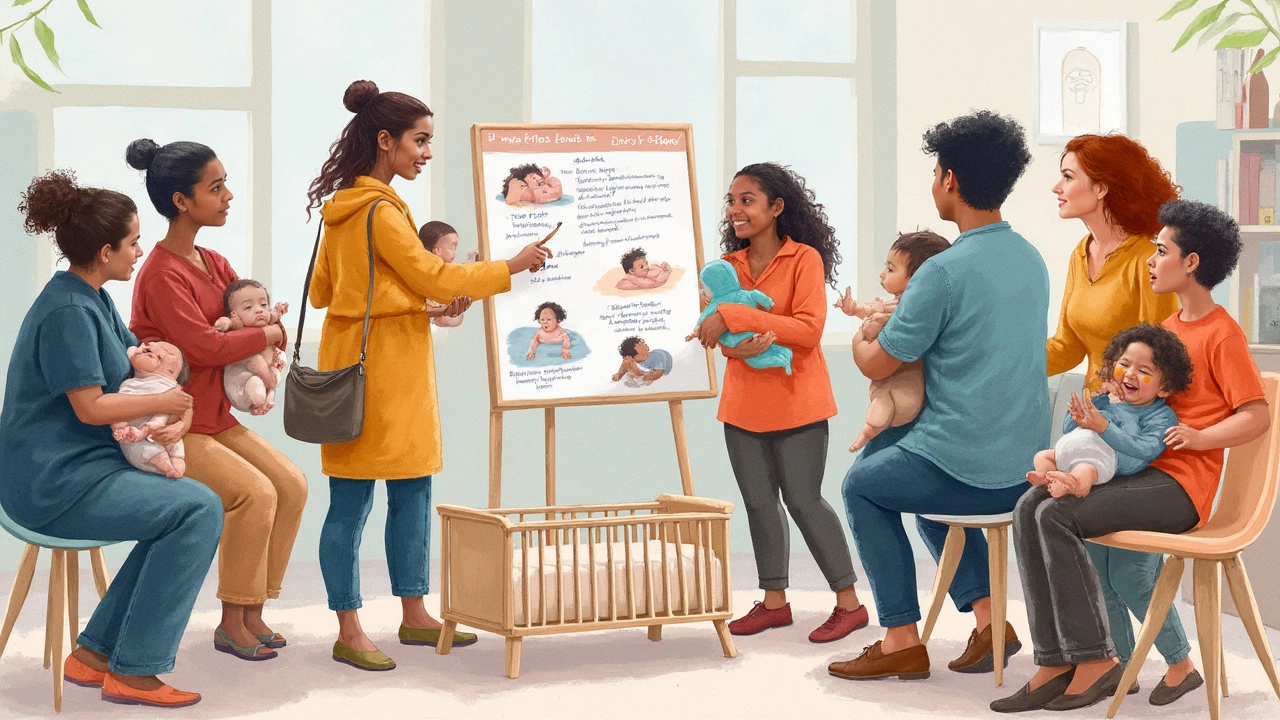
Common Myths and Realities About Swaddling and Sleep
Everyone’s got an opinion—from your nan who used fluffy blankets in the pram, to that mum online who swears her daughter slept 12 hours thanks to a £50 swaddle. So let’s break down what’s fact and what’s just bedtime gossip.
- "Babies can’t sleep well without swaddling" — Not true. Lots of babies snooze just fine with no wrapping, especially after those early few weeks. Startle reflex becomes much less intense by three months.
- "Swaddling guarantees longer sleep" — Some babies do seem to nap longer in a snug swaddle, but plenty of others fight it, break out, or overheat. No guarantees.
- "Swaddling always prevents SIDS" — This is a major misconception. Swaddling does not prevent SIDS (Sudden Infant Death Syndrome), and after the newborn phase, can raise suffocation risks if babies roll over or the swaddle comes loose.
- "Babies get cold if you don’t swaddle" — Not really. Babies regulate heat best when dressed for the season. Overheating (rather than chilling) is a much bigger danger. As long as baby's core feels warm, you're doing just fine.
- "Swaddling after rolling is ok if I watch closely" — Nope. As soon as baby starts rolling, swaddling becomes a genuine risk for suffocation and must be stopped.
The most up-to-date advice (NHS, Lullaby Trust, and Royal College of Paediatrics, June 2024) is crystal clear—you can put your baby in the bassinet without a swaddle, and it’s often safer, especially as your little one grows and develops. Safe sleep practices—nothing loose in the bassinet, baby on their back, at the right temperature—matter much more than whether their arms are wrapped up.
If you’re feeling nervous about dropping the swaddle or worried your baby will never sleep again—remember, every baby is different. Safe, simple sleep setups are enough for most babies, no fancy wrapping required. You’ve got this. And if in doubt, check with your health visitor—they’ve seen it all and can offer tailored advice for your household and your tiny human’s temperament.


